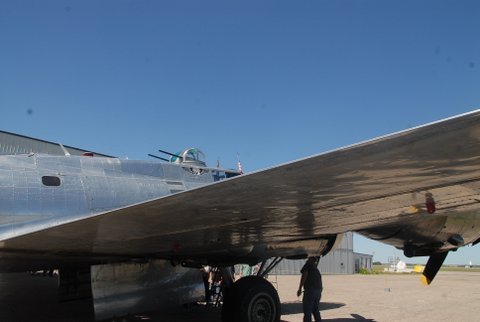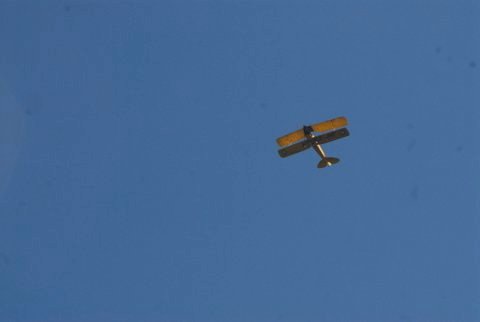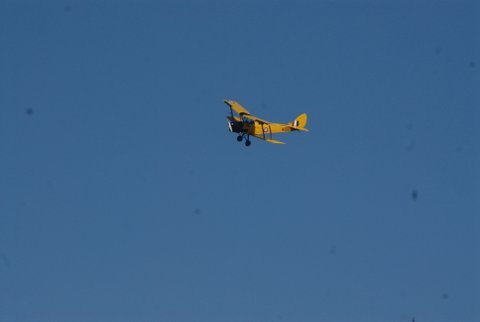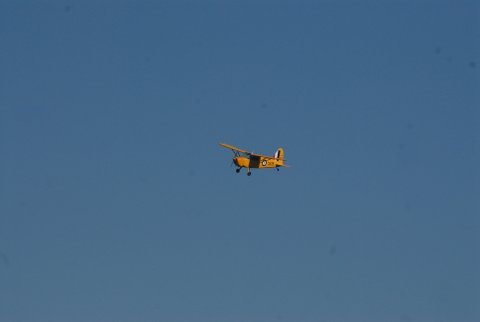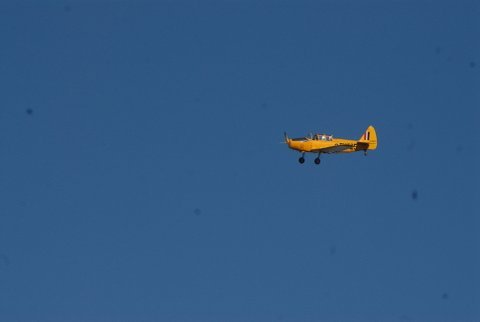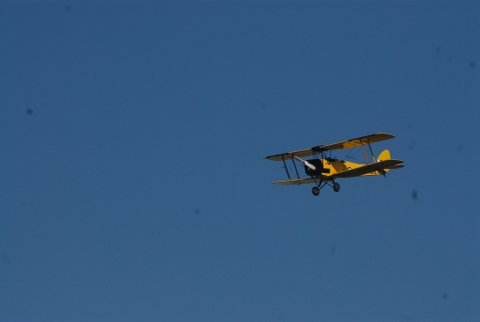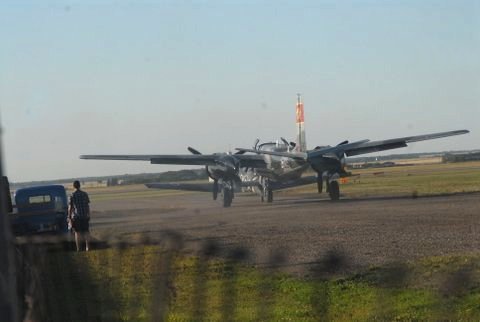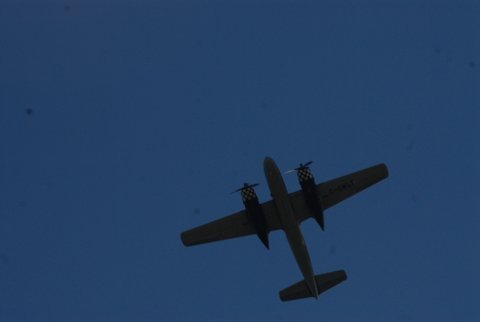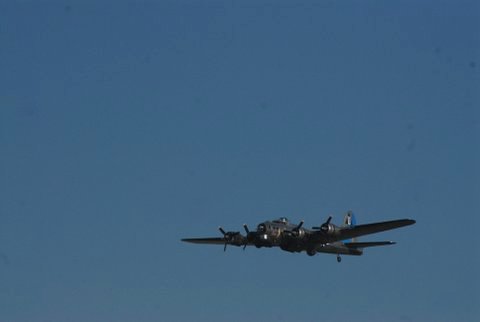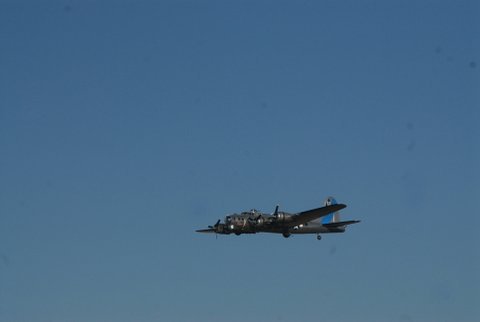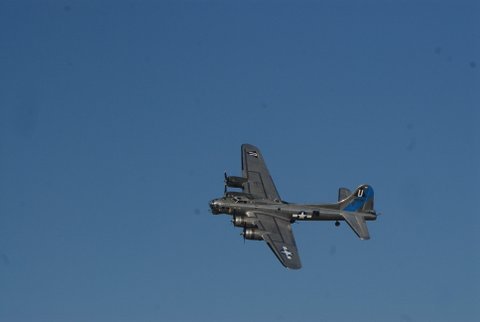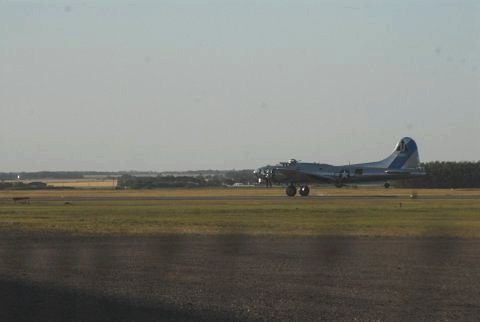Night Witches: The Female Fighter Pilots of World
War II
Members of the 588th Night Bomber Regiment
decorated their planes with flowers
... and dropped 23,000 tons of bombs.
Megan Garber July 15 2013
It was the spring of 1943, at the height of World War
II. Two pilots, members of the Soviet Air Force, were flying their planes
-- Polikarpov Po-2 biplanes, built mainly of plywood and canvas -- over
a Soviet railway junction. Their passage was on its way to being a routine
patrol ... until the pilots found themselves confronted by a collection
of German bombers. Forty-two of them.
The pilots did what anyone piloting a plane made of plywood
would do when confronted with enemy craft and enemy fire: they ducked.
They sent their planes into dives, returning fire directly into the center
of the German formation. The tiny planes' flimsiness was in some ways an
asset: their maximum speed that was lower than the stall speed of the Nazi
planes, meaning that the pilots could maneuver their craft with much more
agility than their attackers could. The outnumbered Soviets downed two
Nazi craft before one of their own planes lost its wing to enemy fire.
The pilot bailed out, landing, finally, in a field.
The people on the ground, who had witnessed the skirmish,
rushed over to help the stranded pilot. They offered alcohol. But the offer
was refused. As the pilot would later recall, "Nobody could understand
why the brave lad who had taken on a Nazi squadron wouldn't drink vodka."
The brave lad had refused the vodka, it turned out, because
the brave lad was not a lad at all. It was Tamara Pamyatnykh, one of the
members of the 588th Night Bomber Regiment of the Soviet Air Forces. The
588th was the most highly decorated female unit in that force, flying 30,000
missions over the course of four years -- and dropping, in total, 23,000
tons of bombs on invading German armies. Its members, who ranged in age
from 17 to 26, flew primarily at night, making do with planes that were
-- per their plywood-and-canvas construction -- generally reserved for
training and crop-dusting. They often operated in stealth mode, idling
their engines as they neared their targets and then gliding their way to
their bomb release points. As a result, their planes made little more than
soft "whooshing" noises as they flew by.
Those noises reminded the Germans, apparently, of the
sound of a witch's broomstick. So the Nazis began calling the female fighter
pilots Nachthexen: "night witches." They were loathed. And they were feared.
Any German pilot who downed a "witch" was automatically awarded an Iron
Cross.
The Night Witches were largely unique among the female
combatants -- and even the female flyers -- of World War II. Other countries,
the U.S. among them, may have allowed women to fly as members of their
early air forces; those women, however, served largely in support and transport
roles. The Soviet Union was the first nation to allow women to fly combat
missions -- to be able, essentially, to return fire when it was delivered.
These ladies flew planes; they also dropped bombs.
Last week, one of the most famous of the Night Witches
-- Nadezhda Popova, a commander of the squad who flew, in total, 852 of
its missions -- passed away. She was 91. And the obituaries that resulted,
celebrations of a life and a legacy largely unknown to many of us here
in the U.S., serve as a reminder of the great things the female flyers
accomplished. Things made even remarkable considering the limited technology
the woman had at their disposal. The Witches (they took the German epithet
as a badge of honor) flew only in the dark. Because of the weight of the
bombs they carried and the low altitudes at which they flew, they carried
no parachutes. They had no radar to navigate their paths through the night
skies -- only maps and compasses. If hit by tracer bullets, their planes
would ignite like the paper planes they resembled. Which was not a small
concern: "Almost every time," Popova once recalled, "we had to sail through
a wall of enemy fire."
1943 Russian military photograph of Nadia Popova with
her Po2 biplane (via the book Night Witches)
Their missions were dangerous; they were also, as a secondary
challenge, unpleasant. Each night, in general, 40 planes -- each crewed
by two women, a pilot and a navigator -- would fly eight or more more missions.
Popova herself once flew 18 in a single night. (The multiple nightly sorties
were necessary because the modified crop-dusters were capable of carrying
only two bombs at a time.) The women's uniforms were hand-me-downs from
male pilots. And their planes had open cockpits, leaving the women's faces
to freeze in the chilly night air. "When the wind was strong it would toss
the plane," Popova noted. "In winter, when you'd look out to see your target
better, you got frostbite, our feet froze in our boots, but we carried
on flying."
Once, after a successful flight -- which is to say, a
flight she survived -- Popova counted 42 bullet holes studding her little
plane. There were also holes in her map. And in her helmet. "Katya, my
dear," the pilot told her navigator, "we will live long."
Despite all this bravado, however, the female fighter
pilots initially struggled to earn the respect of their brothers in arms.
The Night Bomber Regiment was one of three female fighter pilot units created
by Stalin at the urging of Marina Raskova -- an aviation celebrity who
was, essentially, "the Soviet Amelia Earhart." Raskova trained her recruits
as pilots and navigators, and also as members of maintenance and ground
crews. She also prepared them for an environment that preferred to treat
women as bombshells rather than bombers. One general, male, initially complained
about being sent a "a bunch of girlies" instead of soldiers. But the women
and their flimsy little crop-dusters and their ill-fitting uniforms and
their 23,000 tons of ammunition soon proved him wrong. And they did all
that while decorating their planes with flowers and using their navigation
pencils as lipcolor.
